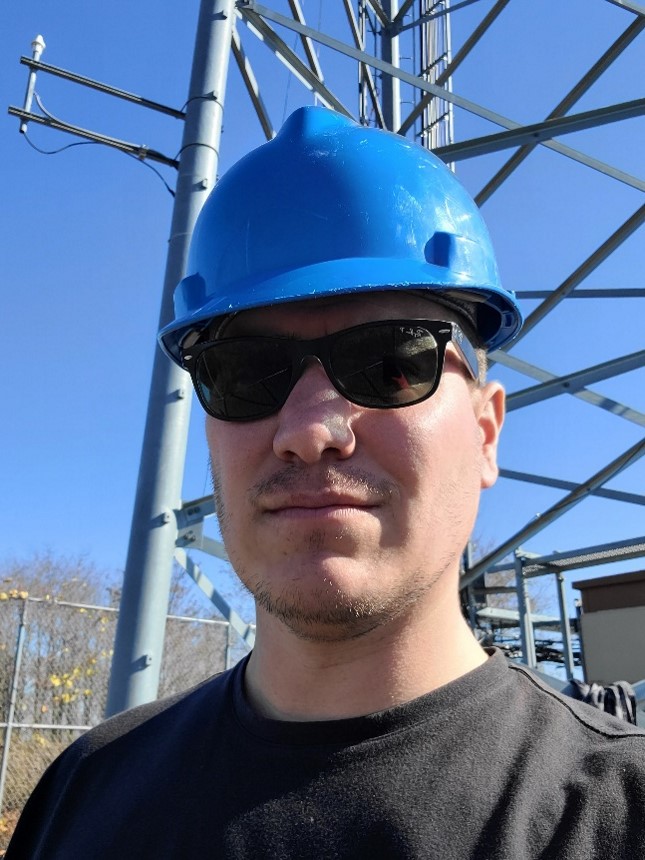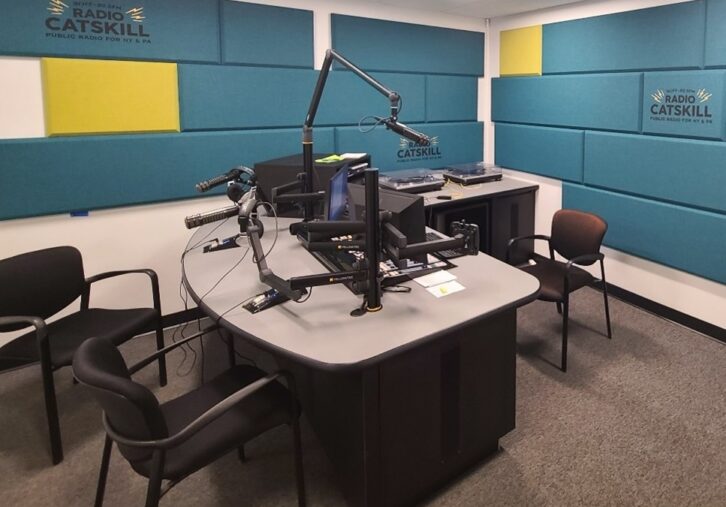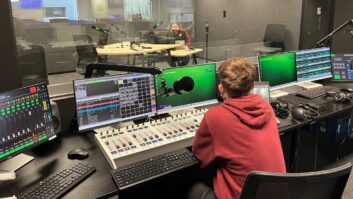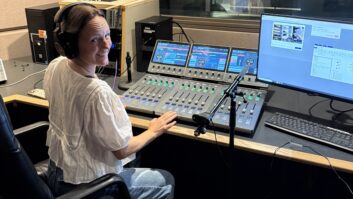Brad Roybal is a field services engineer and integrator for DNAV Inc. working on “everything broadcast radio,” from the studio to high-powered FM and AM RF systems. He spoke with us for a recent Radio World ebook about trends in consoles and mixers.
Radio World: Brad, what’s your take on this question of key trends?
Brad Roybal: As both an integrator of new installations and service engineer of existing infrastructure, the most important things I run across are the abilities: flexibility, scalability and dependability. 
No two studio systems or even studios are the same. Having the capability to take a console and trigger a simple event or complex chain of events based on one or multiple conditionals is big. While an integration might be seen as the new “permanent install,” you always want to be able to expand your infrastructure, whether that’s adding studios, codecs, STLs, receivers, etc.
The brains behind the system need to be easily expandable and adaptable. And of course, neither of these things matter if your hardware eats all of your time in repairs and patches.
RW: Can today’s consoles that are based on certain AoIP infrastructures talk to one another?
Roybal: Absolutely. Each manufacturer handles the communication between consoles, hardware and software a bit differently, but in essence a good console in today’s day and age needs to not only route audio where it’s supposed to go, but also talk with the larger network infrastructure as a whole.
If you have a console that can not only broadcast to the rest of the system what it’s doing, but have two-way communication, the capabilities of what you can do with the system are incredible. From mix-minus control to visual air chain tallies to site-wide silence sense and global audio routes, there is a lot of creativity that opens up.
[Check Out More of Radio World’s Tech Tips]
RW: Do you have a recent project that is a good example of the trends being discussed in this ebook?
Roybal: WJFF(FM) in Liberty, N.Y. is a great example of automation and communication in a small modern studio system. The Sierra Automated Systems architecture there de-couples the “control” and AoIP components in the system into two different networks. This station has a remote studio 45 miles away and is connected to the “home” studio via a VPN for the “control” side of the SAS system while sending audio via a couple of codecs. Through the VPN, the console acts as if it is just down the hall, complete with tallies, IFB and direct automation control.

RW: How have AoIP technology developments been reflected in the look and function of physical surfaces?
Roybal: In my opinion, physical surfaces in a studio should be tactile. For the same reason you don’t want to go through three menus on a touchscreen to adjust the climate control of your car while going 75 miles per hour on the interstate, producers and jocks have more than ever going on in front of them with screens: news, meters, call screening, live listener feedback, etc.
At least the basic functions of a console should be an easy-to-use extension of the user. A good AoIP system marries the best of both worlds: a powerful and customizable backend with the simplicity of no-look buttons and faders on the user interface.
RW: Any best practices or common errors to mention for someone setting out to make a console buying decision?
Roybal: Don’t look at only your immediate needs and base the resources of your system strictly on that. Give a bit of headroom in immediate physical I/O and network capability and the option of larger scalability based on what you’re already purchasing.







